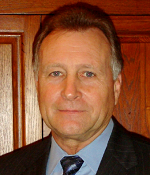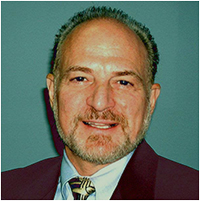

QEEEG research has shown that PTSD patients have an increased activity in the brain showing a characteristic pattern. The qEEG patterns are even different in people who are prone to PTSD. Often the PTSD has occurred along with physical injuries. This complicates treatment of the injury and the pain control. It is Dr. Tarnow's belief we need to treat this underlying abnormality in the brain to successfully treat these patients. Medications like Klonopin will make these worse.
All things being equal, 75% of those exposed to traumatic situations will not develop Post-Traumatic Stress Disorder (PTSD); however, 25% will. The theories behind why someone will and will not develop PTSD are varied and have little scientific support. A brain scanning technique called quantitative electroencephalograms (qEEG) may have identified three neurobiomarkers common in those who are likely to develop PTSD if traumatized.
These three neurobiomarkers are fast alpha peak and range, spindling excessive beta, and low voltage fast. All three of these neurobiomarkers are associated with central nervous system hyperarousal. Individuals with these neurobiomarkers often self-medicate with alcohol and marijuana which reduces CNS hyperarousal. In those whose trauma is was not just psychological but physical injury as well, would likely also develop chronic pain. Current understanding suggests that treating the underlying EEG/qEEG abnormalities would be necessary to successfully treat these patients.
This post was co-written by Dr. Tarnow and Dr. Swatzyna. For more information, click here.